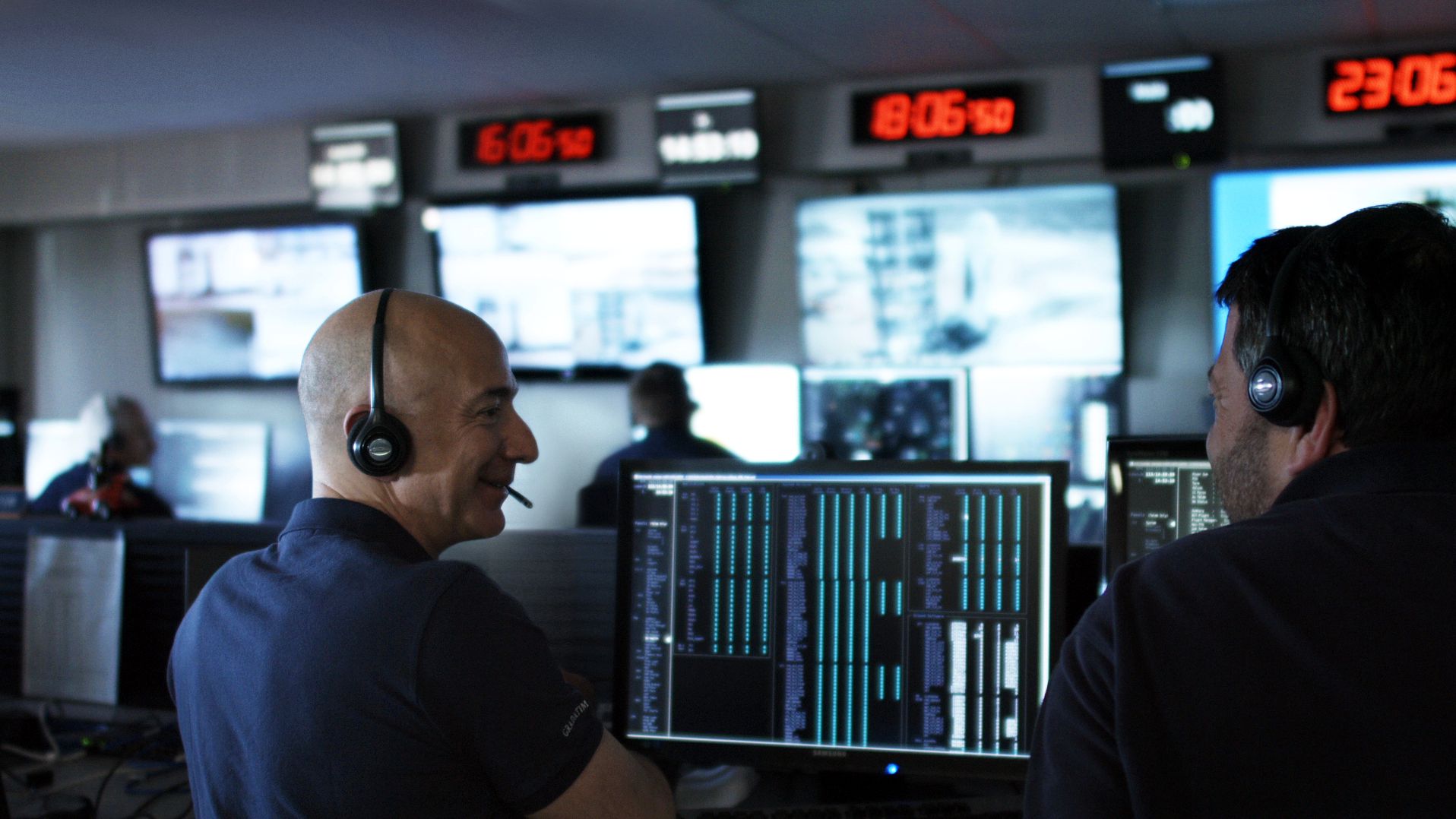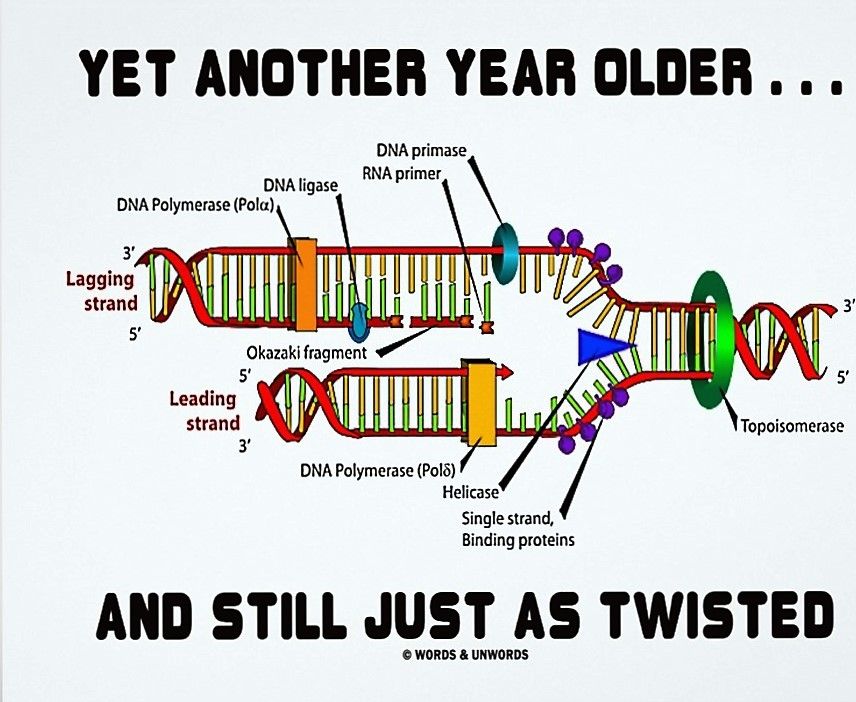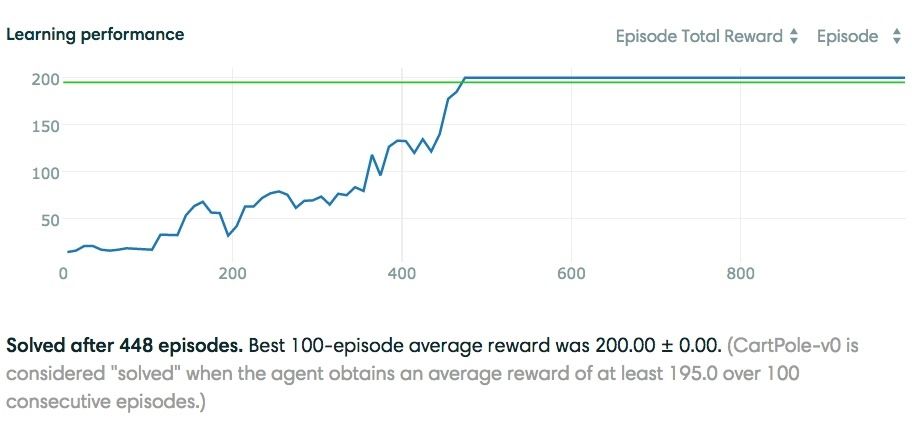Don’t even need a launch pad.
Cape Breton is a small island at the eastern end of Nova Scotia. It features all four seasons, the population (as or 2001) is just under 150,000 and the community is true to its small town roots.
The Farmer’s Daughter Country Market, a bakery and general store, is a staple of this hidden paradise and it is looking to expand. They have everything they need, except people.
NOT SURE ABOUT CANADA? New Zealand is proposing a similar but different proposal.
It has officially been one year since I volunteered to take the first gene therapy to treat biological aging. It has been an amazing year! It began with a great deal of excitement in the weeks leading up to taking the treatment. The excitement of treatment day was followed by months of anticipation before the letdown of not magically reversing visual aging and becoming a 20-year-old biologically again. Even so, the year has been filled with energizing information gleaned from every additional molecular biomarker test that we have done. In this post, I will try to summarize my feelings on several topics as they have evolved throughout the year.
First in Human Use
Being the first person to use any new medical treatment is a complicated endeavor. It is infinitely more complicated when we don’t know the possible outcomes, the perfect dosage, the regimen, or the optimal delivery method. With all of these uncertainties, one is constantly aware that all the excitement and hopes could be squelched in moments. For the same reasons, every small success seems unbelievable, even though they are the results we wanted.
“The whole model of education, of stuffing information into kids’ minds is very much obsolete, since we carry all the knowledge of the world on our belts… The knowledge we carry around with us is only going to get ever more rich, and it’s going to become more and more intimately integrated with our lives.” says Kurzweil.
While traditional education has revolved around rote memorization and standardized testing, the one-size-fits-all model of learning pales in comparison to passionately engaging in problems we’re personally interested in solving.
Even today, beginning to treat education as doing—not thinking only—can positively impact society as successful projects outweigh abstract degrees and credentials. Understanding what it takes to solve a complicated problem, according to Kurzweil, is far more beneficial than attempting to “make a living.”
The research lab that developed Siri, SRI International, is creating virtual assistants that can detet your emotional state, and react accordingly. It envisions assistants that can detect emotions and tailor their reactions to those emotions.
Artificial intelligence (AI) is all about getting a machine to mimic a human in every way: thought, speech, movement. That’s why one of the tests for AI is the Turing test: whether a robot can fool a human into thinking it is conversing with another of its own species.
An integral part of accomplishing this is making the AI recognize human emotions. So one research lab is working on the next iteration of virtual assistants, those that can recognize and react to emotional cues. SRI International, the birthplace of Siri, is working on better chatbots and phone assistants that can detect agitation, confusion, and other emotional states, and respond accordingly.
Advances in machine learning have been driven by innovations and ideas from many fields. Inspired by the way that humans learn, Reinforcement Learning (RL) is concerned with algorithms which improve with trial-and-error feedback to optimize future performance.
Board games and video games often have well-defined reward functions which allow for straightforward optimization with RL algorithms. Algorithmic advances have allowed for RL to be in real-world problems, such as high degree-of-freedom robotic manipulation and large-scale recommendation tasks, with more complex goals.
Twitter Cortex invests in novel state-of-the-art machine learning methods to improve the quality of our products. We are exploring RL as a learning paradigm, and to that end, Twitter Cortex built a framework for RL development. Today, Twitter is open sourcing torch-twrl to the world.









